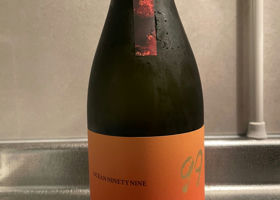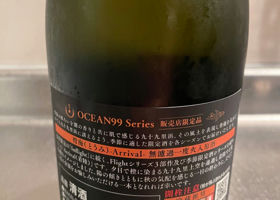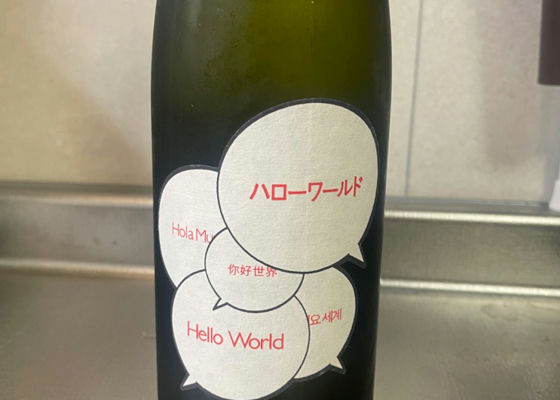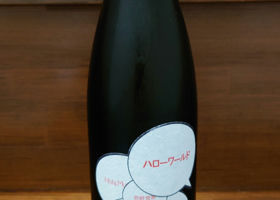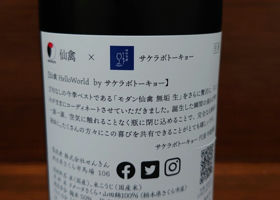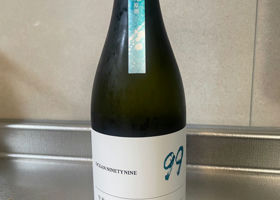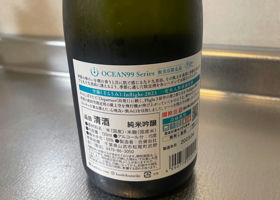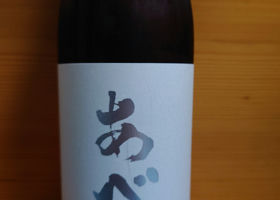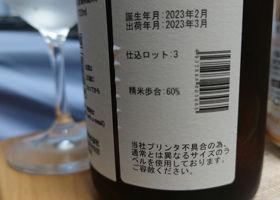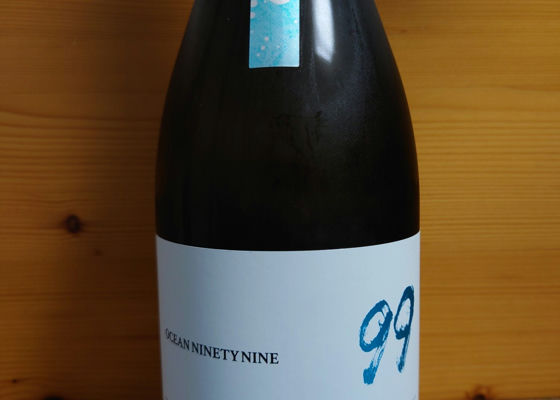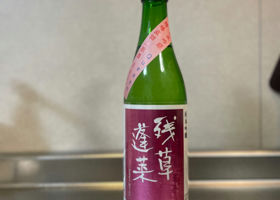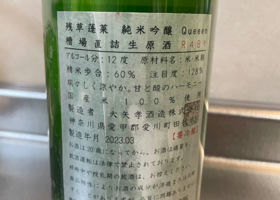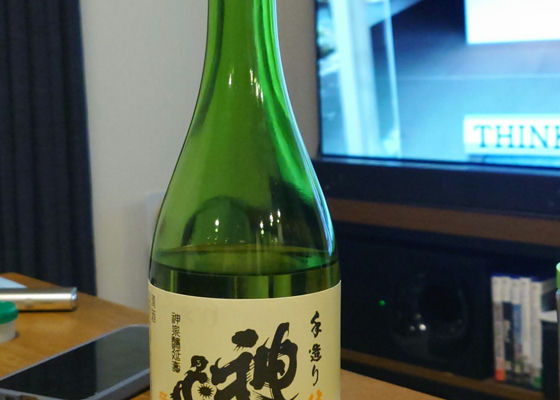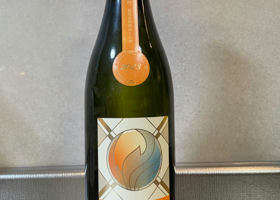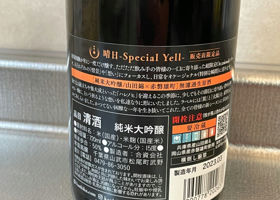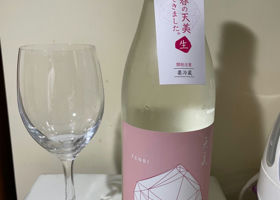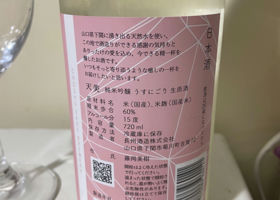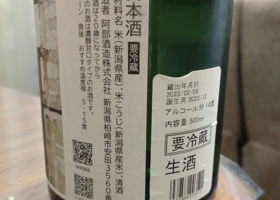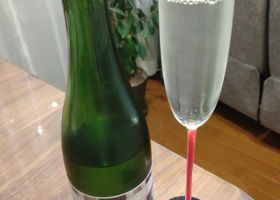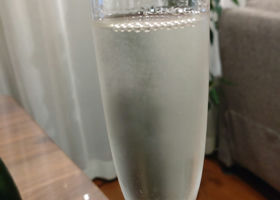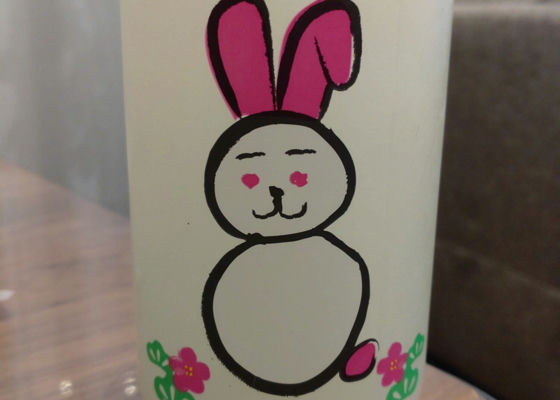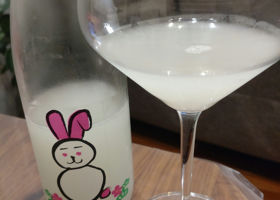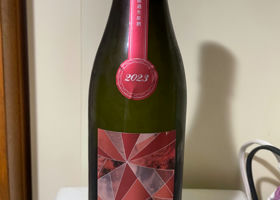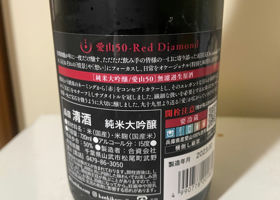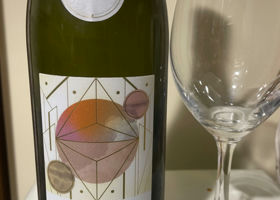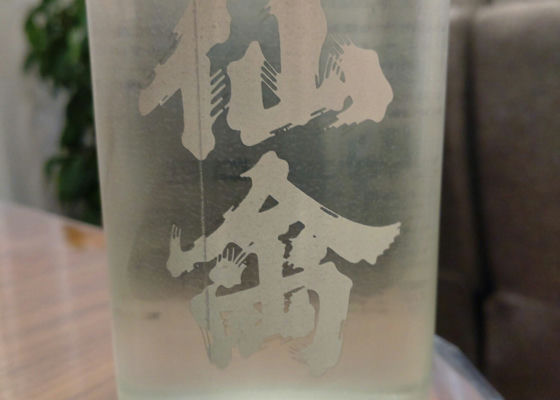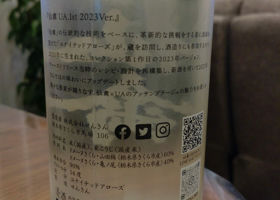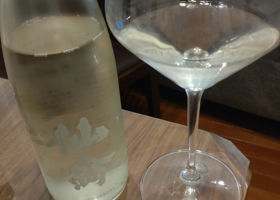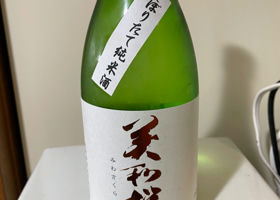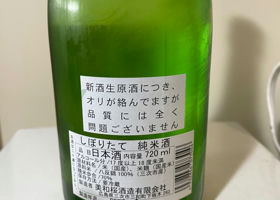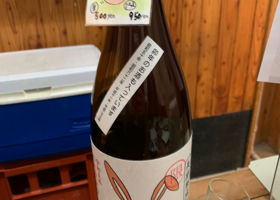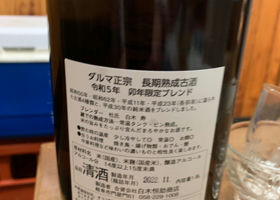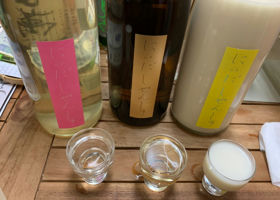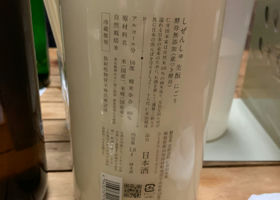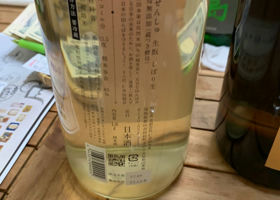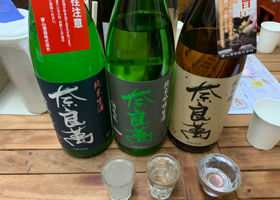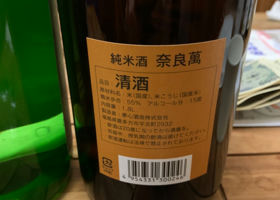Timeline
あまのFrom the moment the bottle is uncorked, the aroma is sweet and gorgeous, like pears.
The taste is green apple-like freshness, pineapple-like sweetness and acidity, and a unique bitter taste that disappears in a cold chrysanthemum.
It is very tasty after a long time. あまのSake for the first time in a long time. Liberation.
A collaboration with SakeLabo.
The aroma is sour and strong alcohol. A little banana too?
The taste is slightly effervescent and smooth on the palate.
From there, powerful umami and sweetness spread out.
Delicious. フリーター一代男This sake is a collaboration of SENKYO and Sakerabo. As a beginner, I had learned a lot from Sakerabo's videos, so I bought this sake as a token of my appreciation. I also had a calculation that an unfiltered unpasteurized sake from SENKYO would be delicious.
It is lightly cloudy with a hint of gas and a fruity taste. It was too delicious. I haven't had many kinds of sake, but this one tastes different from the others. I bought two bottles so I can savor it for a while longer, but I would definitely buy it again if I could. あまのSweet melon-like fruity that is typical of chrysanthemum.
A little sourness in the back.
The taste is also gaseous and has a unique sourness like melon in the sweetness. もけけThis is another one that I have been interested in for a while. There was also a green one, but the store staff recommended this one for first-timers.
I think it is quite sweet, but it is fruity and easy to drink at 13% alcohol.
Too bad it is a bit expensive. But I would like to try others! もけけIt has a reassuring "Oh, it's Kangiku..." taste.
It is a refreshing drink with no unpleasant taste, so it is quickly consumed.
Kangiku is a sake brewery that is not often out of stock, which is a good thing. あまのThe aroma is slightly woody, cypress-like, and sour.
Taste is mellow, a little strong acidity and a hint of sweetness, and then it seems to disappear やまおろしClassic Medium
Rich ★☆☆☆☆Light
Sweet ★★★★☆Dry
Acidity ☆☆☆☆☆
Hana ★☆☆☆☆
Medium near full. It is a rich, dry sake that is the epitome of Japanese sake.
It is versatile enough to be enjoyed both as a food sake and as a luxury item.
Personally, I feel like supporting a sake brewery that represents my hometown, Saitama.
It is not for those who do not usually drink much or those who like their sake fruity and chilled.
I once had a bottle of Shinkame that had been aged for 30 years, and it is said to last quite a long time if kept at room temperature and away from sunlight.
I would like to buy several bottles and age them by myself. あまのI finally settled on one that I had been saving as a housewarming/promotion gift.
The aroma is fruity with a touch of muscat and a touch of pineapple.
The taste is mellow, and then the pineapple-like sweetness and aroma fills the mouth.
Then a slight bitterness comes and disappears.
It's insanely delicious. あまのThe aroma is gorgeous yet fresh, muscat-like.
Slightly acidic.
When the bottle is opened, it makes a very cheerful "pop" sound.
In the mouth, a gorgeous sweet and sourness spreads, and then it seems to disappear with a sharp bitterness.
Delicious no matter how many times you drink it. KumakichiI was able to get my favorite champagne glass.
We opened a bottle of "FOMALHAUT Imperial Sake", a collaboration with Above✕ United Arrows.
Since it was a beer cork, I thought it would be more fizzy than champagne, but when I opened the bottle, I found it to be a slightly fizzy sake with a little bit of a squashy taste.
However, the aroma was rich and mature with a sweet aroma, and when you take a sip, it has a rich sweet flavor reminiscent of kijoshu.
I looked at the label on the back of the bottle and saw "rice, rice malt, sake"...that's a kijoshu!
This one gave me the impression of a dessert wine that goes well with after-dinner drinks.
Rice polishing ratio: undisclosed
Alcohol content: 14 degrees Celsius KumakichiSentori✕United Arrows limited edition sake "Sentori UA Rabbit" that was not opened in the New Year
SENKYO's popular series of sake, including stag and onyanma, in collaboration with UNITED ARROWS
I've had almost all of the series so far, but this UA Rabbit might be my favorite!
It is a nigori made with kijo sake, which makes my favorite snowball more nectar-like and has a stronger and more refreshing shuwagashi!
This was one sake I wish would become a staple!
Rice polishing ratio: 90% (100% Domaine Sakura Yamadanishiki)
Alcohol content: 14%. あまのThe aroma seems more mature than last year.
However, it is still sweet and gorgeous.
It smells sweet and sour, like muscat and pineapple.
The taste is sweet, followed by a slight bitterness, and finally a slight sourness.
It seems to disappear before you know it. あまのI finally open the one bottle I had left.
It smells like a very gorgeous peach or muscat with a fresh yet tangy sweetness.
Slightly bubbly, which can be seen by the eye.
The mouth is full of flavor and sweetness, along with a gaseous sensation.
It fades away with a slight bitterness peculiar to Kangiku.
It is extremely delicious. KumakichiSenkyo✕UA (United Arrows) is a bottle of UA series, which is said to be the origin of UA, and is said to have reproduced the recipe from the time of its release.
The UA collaboration features an assemblage that has produced popular limited edition sakes such as Stag Beetle, Cherry Blizzard, Fireworks, Onyanma, Autumn Leaves, and UA Snowman.
This year's bottle is a return to the roots, opening with the sure-fire combination of "Yamadanishiki O Kame-no-o".
The aroma on the nose is slightly lemon or grapefruit? Grapefruit? The first sip stimulates the tongue with its integrated bubbles, but it is also a trinity of drinkable sweetness, umami, and a gentle acidity.
The price is relatively affordable at around 2,500 yen, and the taste is quite delicious!
Rice polishing ratio: 60% Yamadanishiki (Domaine Sakura)
Domaine Sakura - Kame-no-o 40
Alcohol content: 14%. あまのThe aroma is highly acidic, but has a fresh green apple aroma.
The taste is sweet, followed by umami and sourness, and then fades away at a moderate point. URUさけ|生酛好き🌾Rice (Origin): Japan
Yeast: (%)
Rice Polishing Ratio (%): 1.0
Alc(degree): 14 URUさけ|生酛好き🌾Rice (producing region): Japan
Yeast: Kurazuki yeast
Rice polishing ratio (%): 80
Alc(degree): 16 URUさけ|生酛好き🌾Rice (producing region): Japan
Yeast: Kurazuki yeast
Rice polishing ratio (%): 85
Alc(degree): 15.5 URUさけ|生酛好き🌾Rice (producing region): Gohyakumangoku (produced in Aizu, Fukushima Prefecture)
Yeast: Utsukushima Yume Yeast
Rice polishing ratio (%): 55
Alc(degree): 15 RecommendedContentsSectionView.title
